Home>Articles>How To Use Wood Burning Fireplace With Gas Starter
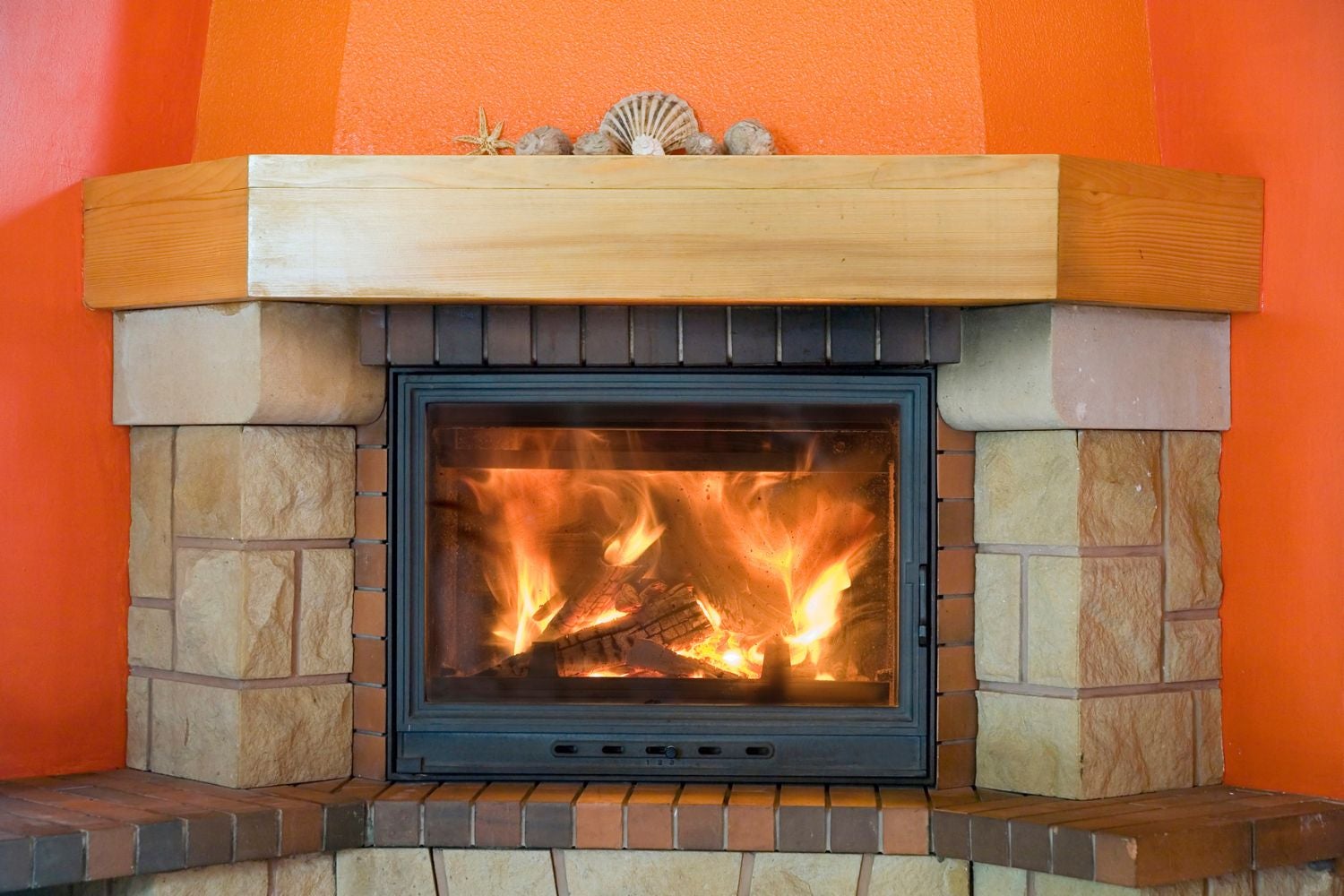

Articles
How To Use Wood Burning Fireplace With Gas Starter
Modified: December 7, 2023
Learn how to safely and efficiently use a wood burning fireplace with a gas starter. Our articles provide valuable tips and guidance to help you enjoy the warmth and ambiance of a traditional fire.
(Many of the links in this article redirect to a specific reviewed product. Your purchase of these products through affiliate links helps to generate commission for Storables.com, at no extra cost. Learn more)
Introduction
Wood burning fireplaces with gas starters are a popular choice for homeowners who want the ambiance and warmth of a traditional wood-burning fire, with the convenience of a gas starter. The gas starter component makes it easier and more efficient to ignite the wood, eliminating the need for matches or kindling. However, it is crucial to understand how to use these fireplaces safely and effectively to prevent accidents and maximize their benefits.
When properly used, wood burning fireplaces with gas starters can provide a cozy and inviting atmosphere in your home. However, it is essential to be aware of the safety precautions and guidelines for operation to avoid potential hazards and ensure that you can enjoy your fireplace without any worries.
Now let’s delve into some important safety precautions that should be followed when using a wood burning fireplace with a gas starter.
Key Takeaways:
- Prioritize safety by following manufacturer’s instructions, verifying correct gas starter installation, and maintaining proper ventilation. Keep flammable items away and use fireplace screens to prevent accidents.
- Safely light the gas starter by checking the gas valve, opening the flue, and using a long match. Add dry, seasoned wood to the fireplace, maintain proper airflow, and schedule regular maintenance for continued enjoyment.
Safety Precautions
Using a wood burning fireplace with a gas starter requires careful attention to safety precautions. Here are some key guidelines to keep in mind:
- Importance of reading the manufacturer’s instructions: Before operating the fireplace, it is crucial to thoroughly read and understand the manufacturer’s instructions. These instructions will provide specific details about your particular fireplace model, including any safety considerations or maintenance requirements.
- Verify that the gas starter is installed correctly: Ensure that the gas starter is installed properly by a qualified professional. This will help prevent any gas leaks or other potential hazards. If you suspect a problem with the gas starter, contact a professional for inspection and repair.
- Ensure proper ventilation in the fireplace area: Adequate ventilation is essential for safe operation of a wood burning fireplace. Make sure the chimney is clean and unobstructed to allow for proper airflow. This will help prevent the buildup of harmful gases, such as carbon monoxide, and ensure that the fire burns efficiently.
- Use a fireplace screen or glass doors to prevent sparks: Use a fireplace screen or glass doors to contain sparks and embers, preventing them from flying out of the fireplace and causing accidents. This is especially important if you have flammable materials, such as curtains or furniture, in close proximity to the fireplace.
- Keep flammable items away from the fireplace: It is crucial to keep flammable items, such as paper, fabric, and decorations, a safe distance away from the fireplace. This will minimize the risk of accidental ignition and help maintain a safe environment for everyone in your home.
By following these safety precautions, you can enjoy the warmth and beauty of your wood burning fireplace with a gas starter, knowing that you are taking the necessary steps to protect yourself and your property.
Lighting the Gas Starter
Once you have taken the necessary safety precautions, it’s time to learn how to properly light the gas starter in your wood burning fireplace. Follow these steps for a successful ignition:
- Check that the gas valve is in the off position: Before starting the gas, make sure that the gas valve connected to the gas starter is turned off. This step is important to ensure a controlled and safe ignition process.
- Open the flue before starting the gas: The flue, also known as the damper, should be fully open to allow for proper airflow when starting the gas. This will help create a draft and ensure efficient combustion.
- Turn on the gas valve and wait for the smell of gas: Gently turn the gas valve to the on position. Take a moment to detect the odor of gas; if you do not smell gas, carefully inspect the gas line and connections or consult a professional if necessary. Only proceed if you can smell gas.
- Light a long match or fireplace lighter: Prepare a long match or a specialized fireplace lighter designed for this purpose. These tools will allow you to safely ignite the gas starter without risking burns or injuries.
- Hold the flame near the gas starter hole until it ignites: Carefully bring the flame from the match or lighter near the gas starter hole. The gas should ignite, creating a small blue flame. Hold the flame steady until the gas starter is fully lit.
It is important to note that the gas starter will not produce a large flame like a gas fireplace. Its purpose is to ignite the wood logs, which will then create the desired fire. Once the gas starter is lit, you can proceed with adding wood to the fireplace.
By following these steps, you can safely and effectively light the gas starter in your wood burning fireplace, creating a beautiful and cozy fire for your enjoyment.
When using a wood burning fireplace with a gas starter, make sure to open the damper fully to allow proper ventilation. Light the gas starter with a long match or lighter, and once the wood has caught fire, you can turn off the gas. Always follow the manufacturer’s instructions for safe usage.
Adding Wood to the Fireplace
Now that you have successfully ignited the gas starter, it’s time to add wood to your wood burning fireplace. Follow these guidelines to ensure efficient and safe burning:
- Use dry, seasoned wood for efficient and cleaner burning: It is essential to use dry, seasoned wood for optimal performance. Dry wood burns more efficiently and produces less smoke, ensuring a cleaner and more enjoyable fire. Avoid using green wood or wood that has been recently cut, as it contains higher moisture content and can lead to excessive smoke and poor combustion.
- Arrange the logs in a way that allows airflow: Properly arranging the logs is crucial for maintaining a steady and well-ventilated fire. Place the logs in a stack, leaving enough space between them to allow for adequate airflow. This promotes complete combustion and helps prevent the buildup of creosote in the chimney.
- Start with smaller logs and add larger ones as the fire grows: Begin by adding smaller logs or kindling to establish a base fire. As the fire grows stronger, gradually add larger logs to sustain the flames. This method ensures a steady and controlled burn, minimizing the risk of smoldering fires or accidental extinguishing.
- Avoid overcrowding the fireplace with too much wood: While it may be tempting to load up the fireplace with a large amount of wood, it’s important to exercise caution. Overcrowding the fireplace can restrict airflow and impede the efficiency of the fire. It can also lead to excessive smoke and increased risk of sparks or embers escaping the fireplace. Maintain a manageable amount of wood to allow for proper combustion.
By following these guidelines, you can maximize the efficiency of your wood burning fireplace, ensure a safe and steady burn, and enjoy a cozy and inviting atmosphere in your home.
Proper Operation and Maintenance
To keep your wood burning fireplace with a gas starter in optimal condition and ensure safe operation, it’s essential to follow these guidelines for proper operation and regular maintenance:
- Monitor the fire to ensure proper airflow and prevent excessive smoke: While enjoying the warmth of your fireplace, it is essential to monitor the fire to ensure that there is enough airflow. If you notice excessive smoke, adjust the logs and provide more space between them to allow for better air circulation.
- Adjust the damper as needed for more or less heat: The damper controls the amount of air that enters the fireplace. By adjusting the damper, you can regulate the amount of heat produced. Open the damper fully for a more intense fire and close it partially for a slower burn with less heat.
- Clean the fireplace regularly to remove ash and debris: Regular cleaning of the fireplace is necessary to remove ash and debris that accumulate over time. Use a fireplace shovel or vacuum to scoop out the ash from the firebox. Be sure the ashes are completely extinguished before disposing of them in a non-flammable container.
- Inspect and maintain the gas starter periodically: Periodically inspect the gas starter for any signs of damage or malfunction. Check for gas leaks, loose connections, or clogs that may affect its performance. If you notice any issues, consult a professional for repairs or maintenance.
- Schedule professional inspections and chimney cleaning: It is essential to have your wood burning fireplace and chimney inspected and cleaned by a professional at least once a year. The inspection will ensure that all components are functioning correctly, and the chimney cleaning will remove any creosote buildup, reducing the risk of chimney fires.
By following these proper operation and maintenance practices, you can enjoy the benefits of your wood burning fireplace with a gas starter safely and efficiently for years to come.
Conclusion
Using a wood burning fireplace with a gas starter can enhance the warmth and ambiance of your home. However, it is crucial to prioritize safety and follow proper guidelines for its safe and effective use. By recapping the key points discussed in this article, we can emphasize the importance of responsible fireplace usage:
First and foremost, always remember to read and follow the manufacturer’s instructions for your specific wood burning fireplace with a gas starter. The instructions provide invaluable information regarding installation, operation, and maintenance, ensuring that you use the fireplace correctly.
Additionally, it is vital to prioritize safety precautions, such as verifying the correct installation of the gas starter, ensuring proper ventilation in the fireplace area, and using a fireplace screen or glass doors to prevent sparks. Keeping flammable items at a safe distance from the fireplace further reduces the risk of accidents.
When it comes to lighting the gas starter, always check that the gas valve is off, open the flue, and wait for the smell of gas before attempting to ignite it with a long match or a fireplace lighter. Holding the flame near the gas starter hole until it ignites ensures a successful start-up.
When adding wood to the fireplace, use dry and seasoned wood for efficient and cleaner burning. Arrange the logs in a way that allows proper airflow, starting with smaller logs and gradually adding larger ones as the fire grows. Avoid overcrowding the fireplace with excessive amounts of wood.
Proper operation and maintenance are crucial for the continued enjoyment and safety of your wood burning fireplace. Regularly monitor the fire, adjust the damper as needed, clean the fireplace to remove ash and debris, and periodically inspect and maintain the gas starter. Be sure to schedule professional inspections and chimney cleaning to ensure optimal performance.
In conclusion, safely and effectively using a wood burning fireplace with a gas starter requires attention to detail, adherence to safety precautions, and regular maintenance. By following the guidelines provided in this article, you can enjoy the comforting warmth of your fireplace while minimizing the risks associated with its use.
Remember, always prioritize safety, follow the manufacturer’s instructions, and seek professional assistance when needed. With proper care, your wood burning fireplace with a gas starter can be a cherished addition to your home for years to come.
Frequently Asked Questions about How To Use Wood Burning Fireplace With Gas Starter
Was this page helpful?
At Storables.com, we guarantee accurate and reliable information. Our content, validated by Expert Board Contributors, is crafted following stringent Editorial Policies. We're committed to providing you with well-researched, expert-backed insights for all your informational needs.
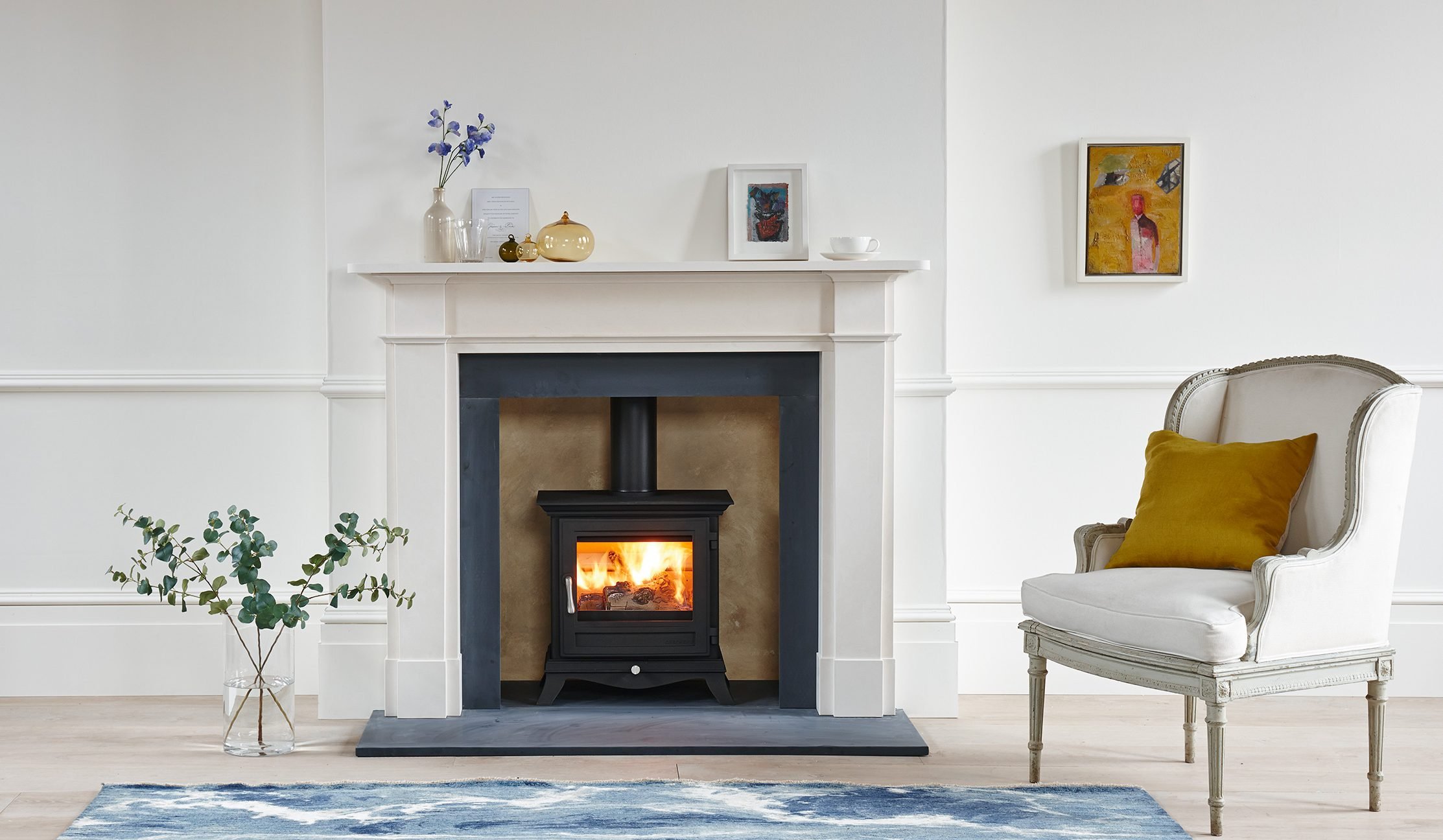
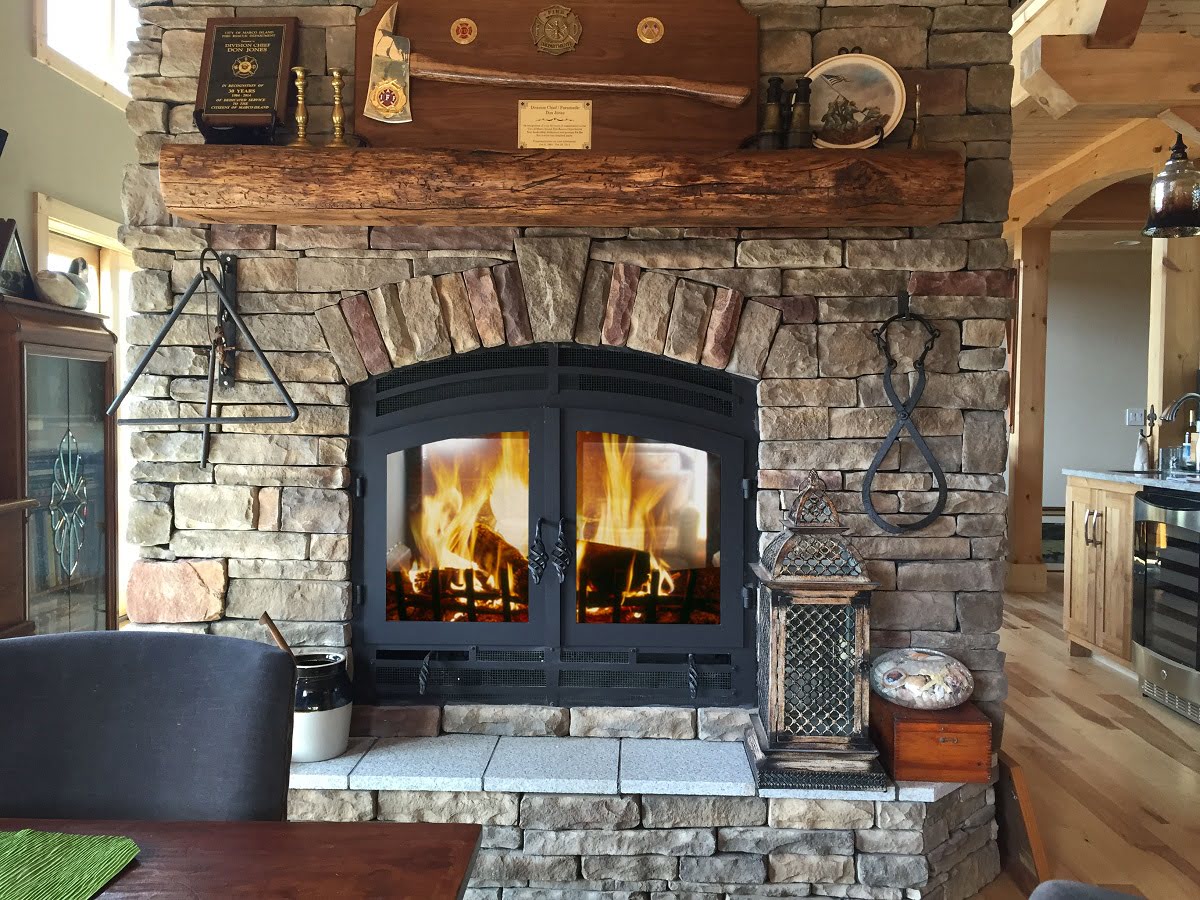
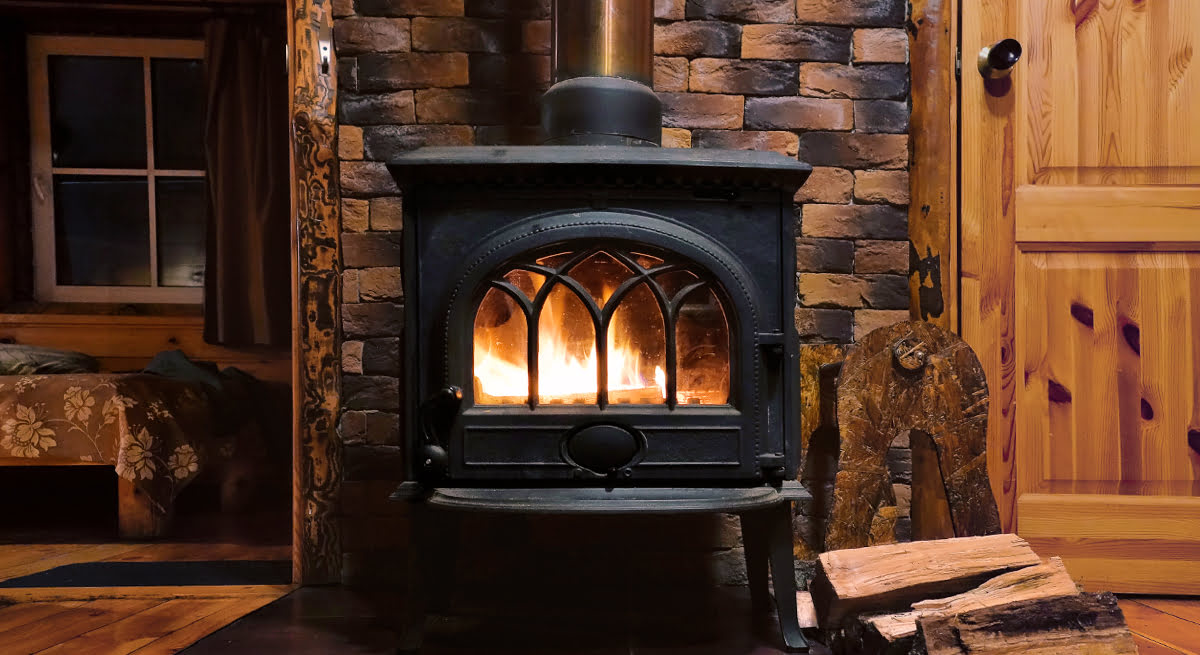
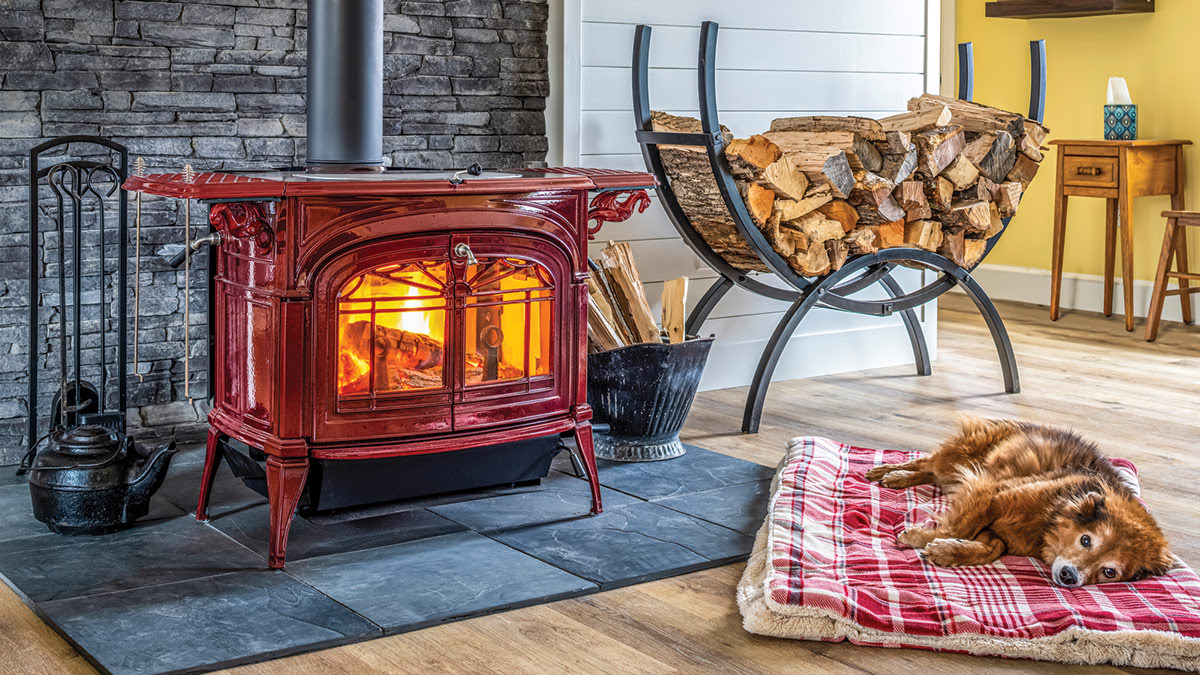
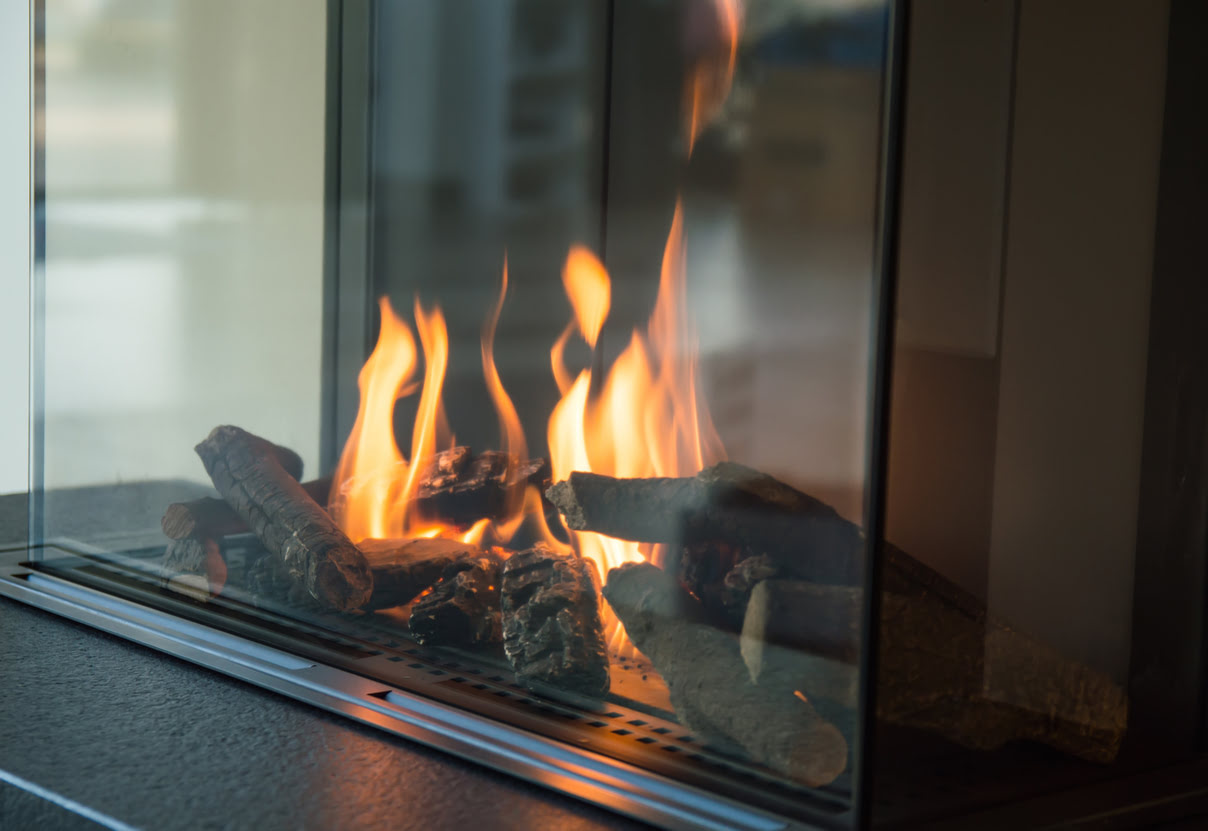
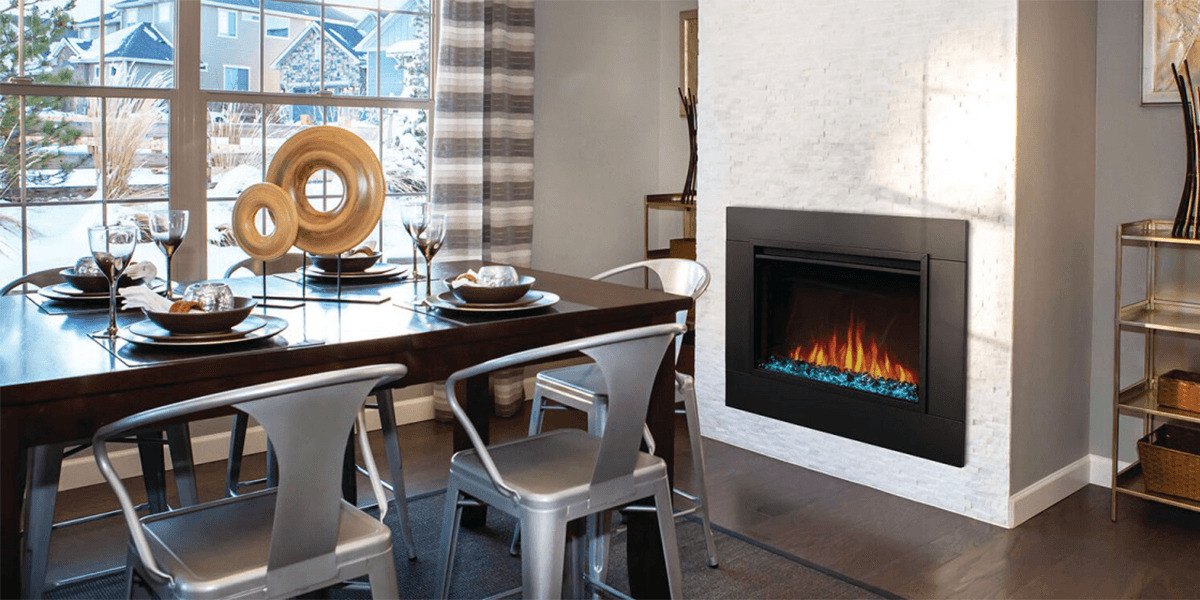
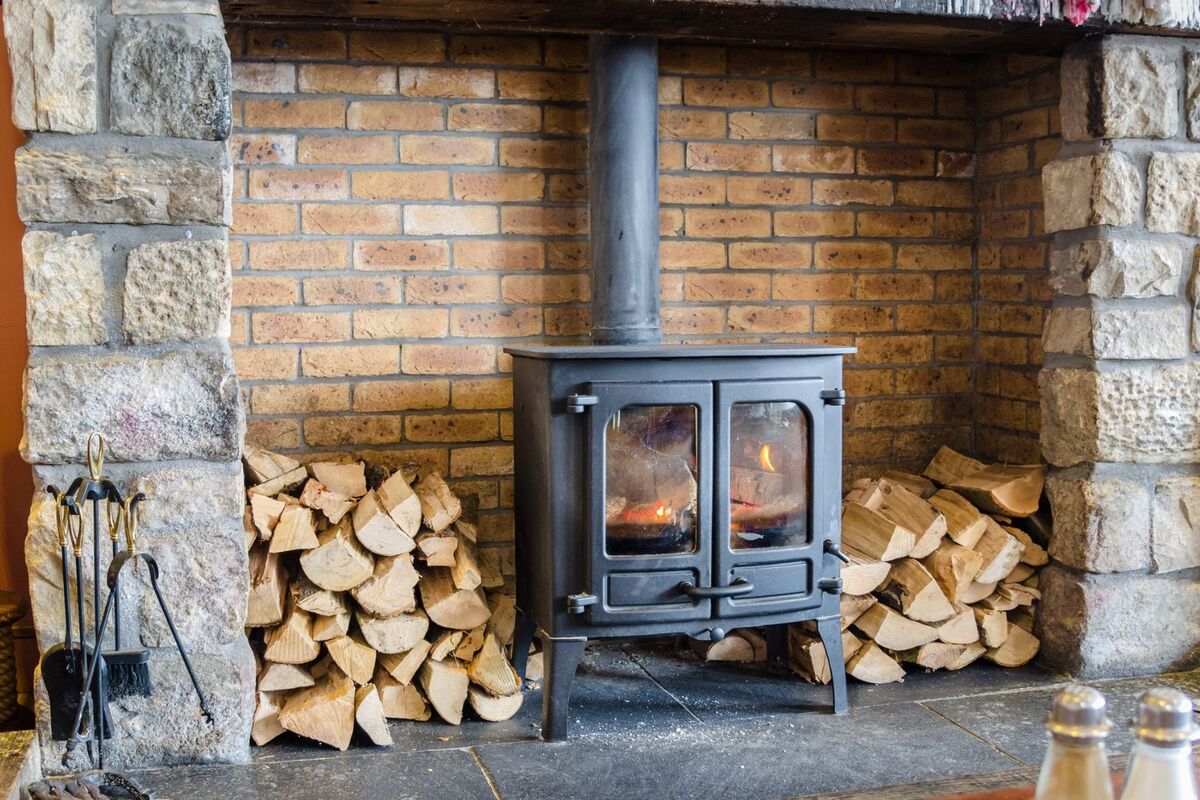
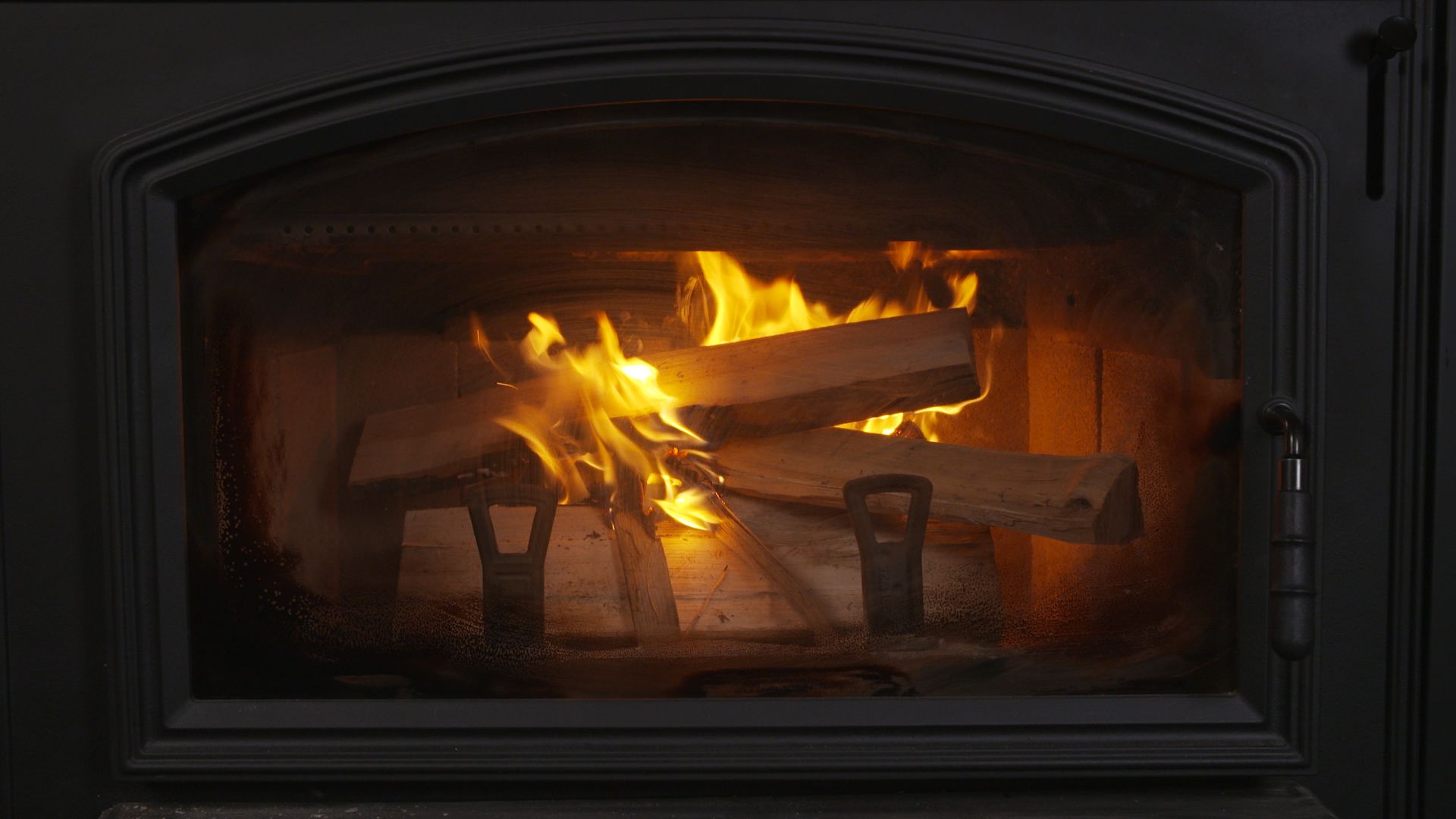
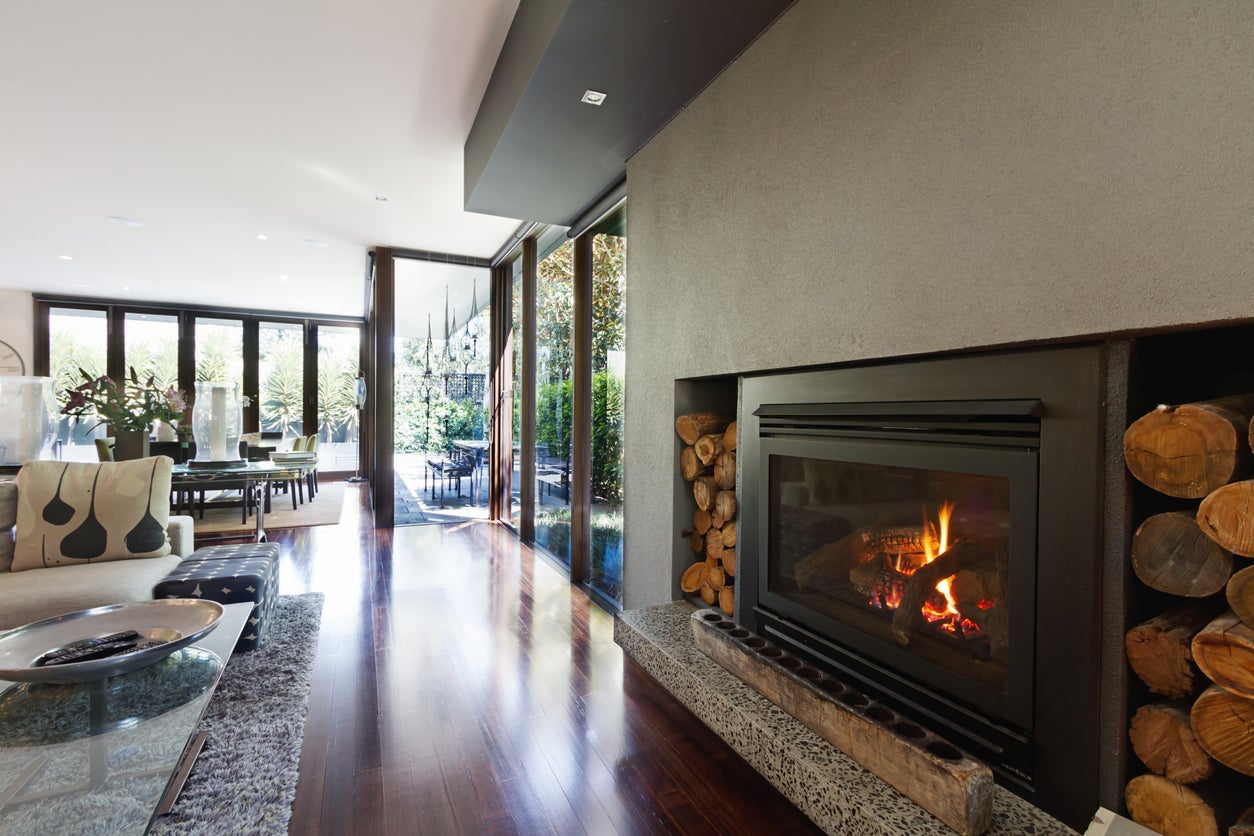
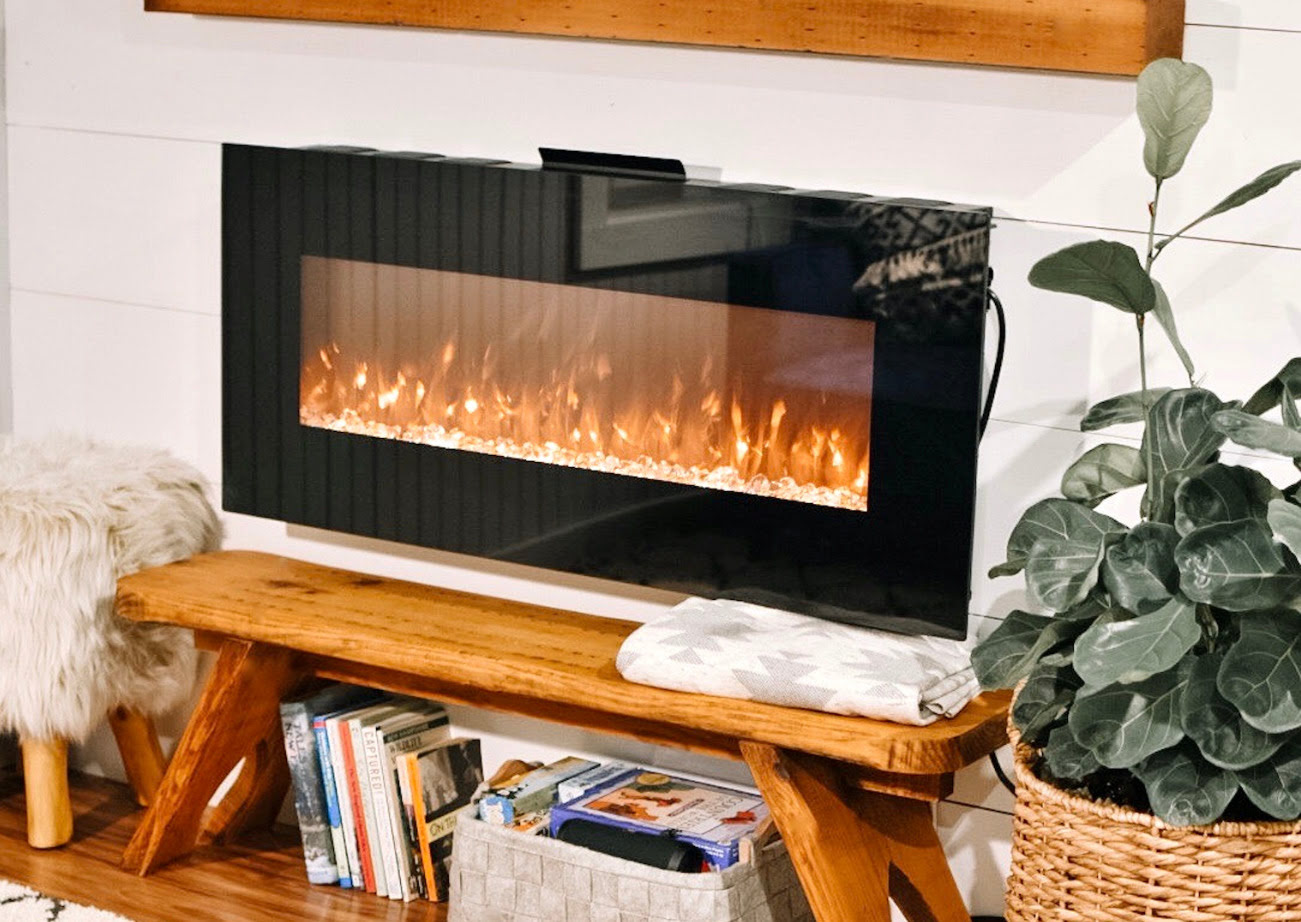


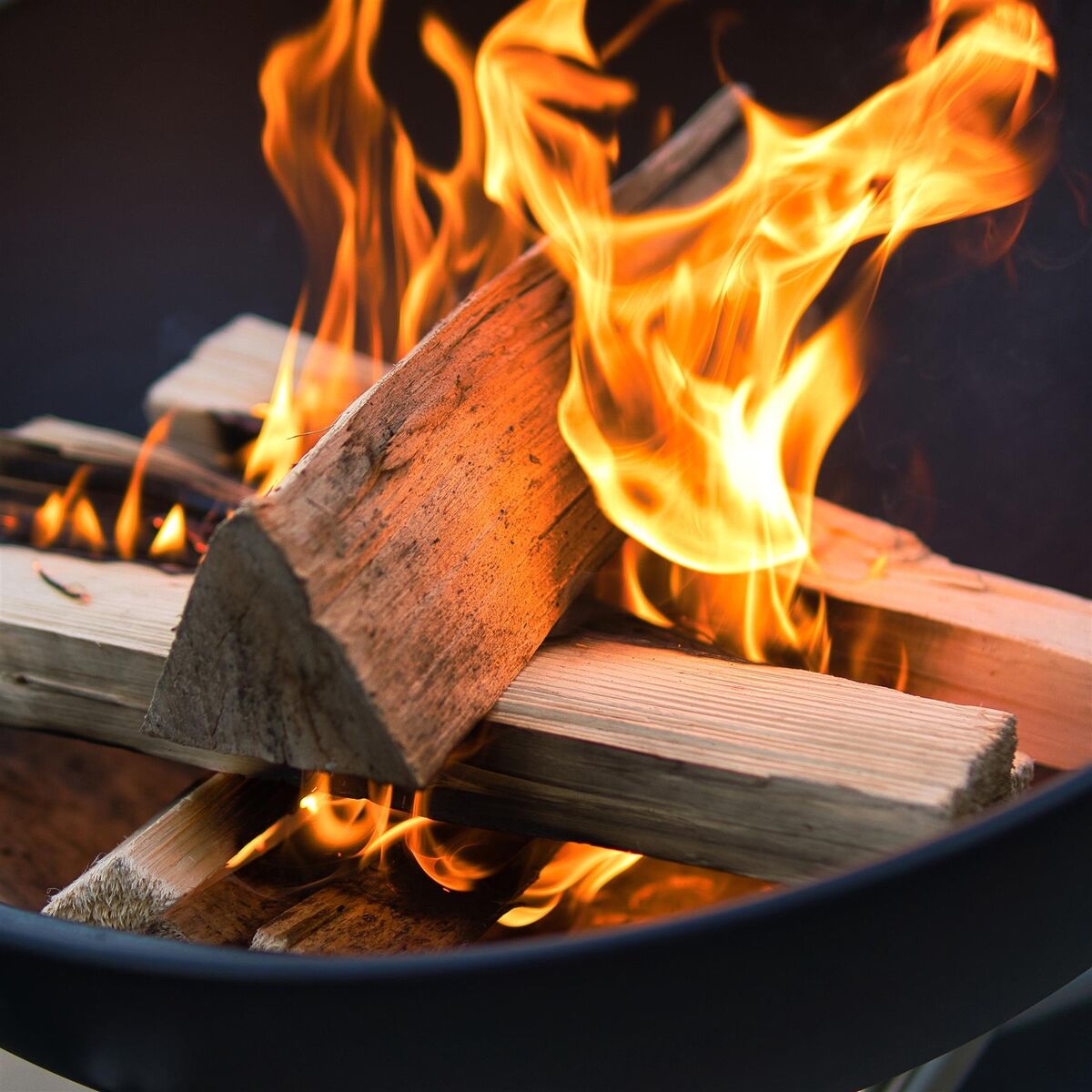
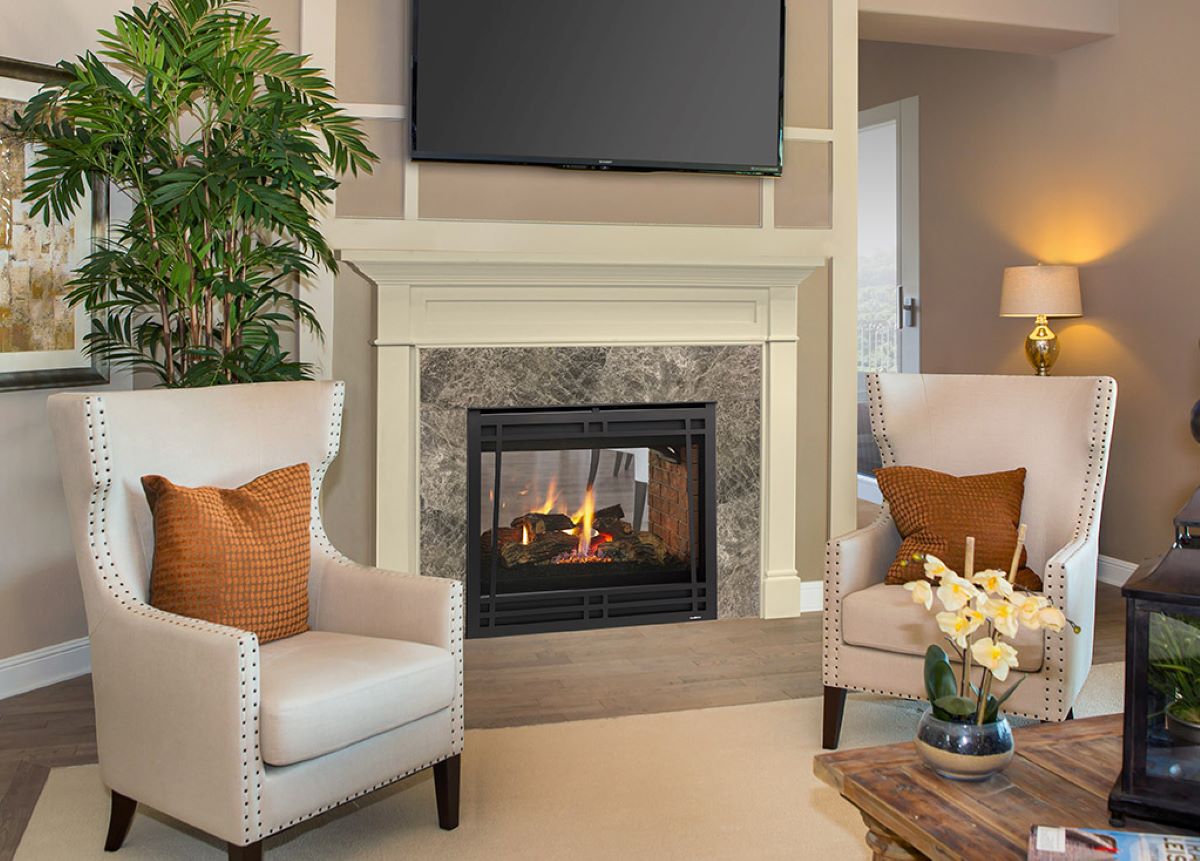

0 thoughts on “How To Use Wood Burning Fireplace With Gas Starter”